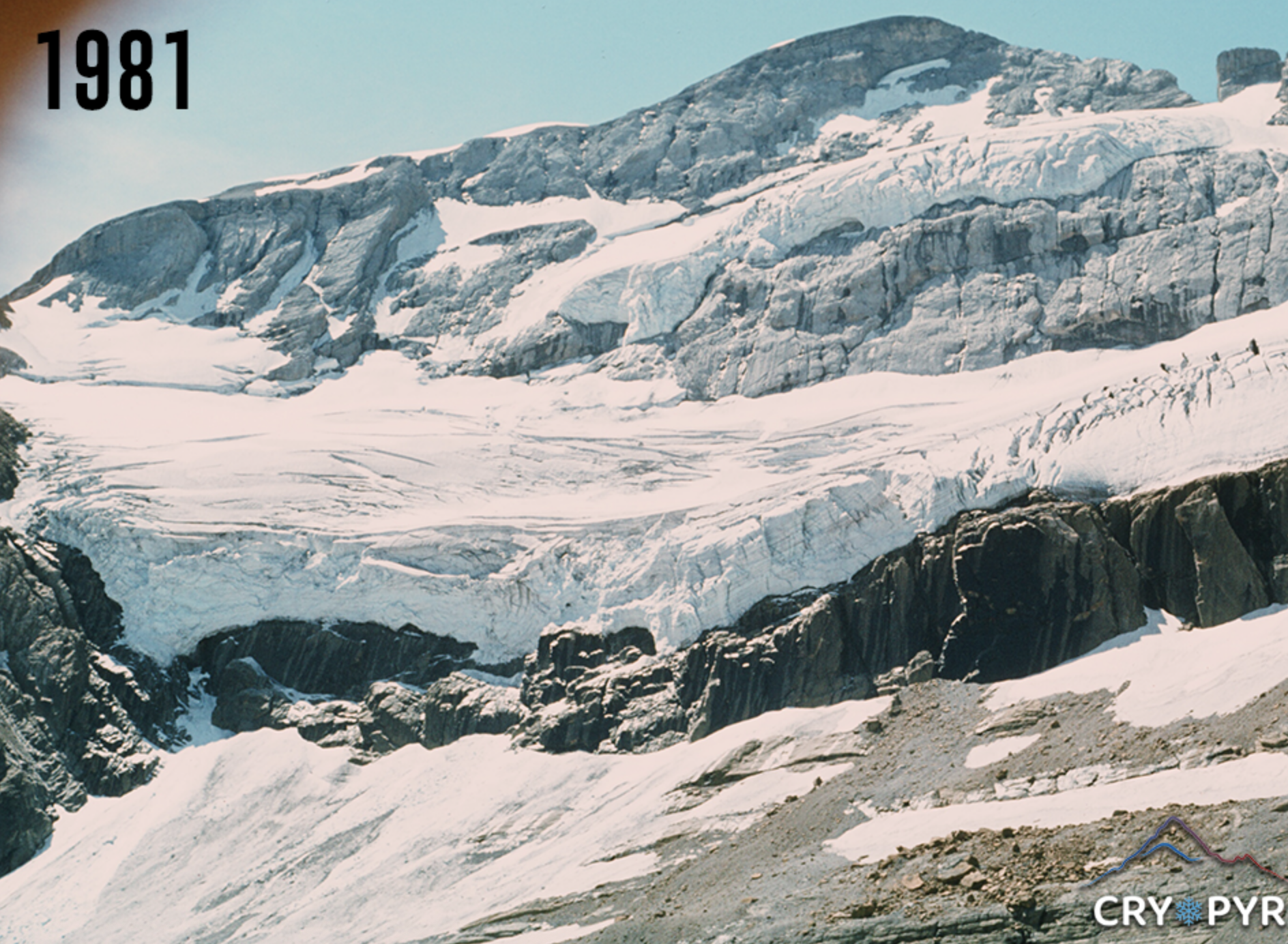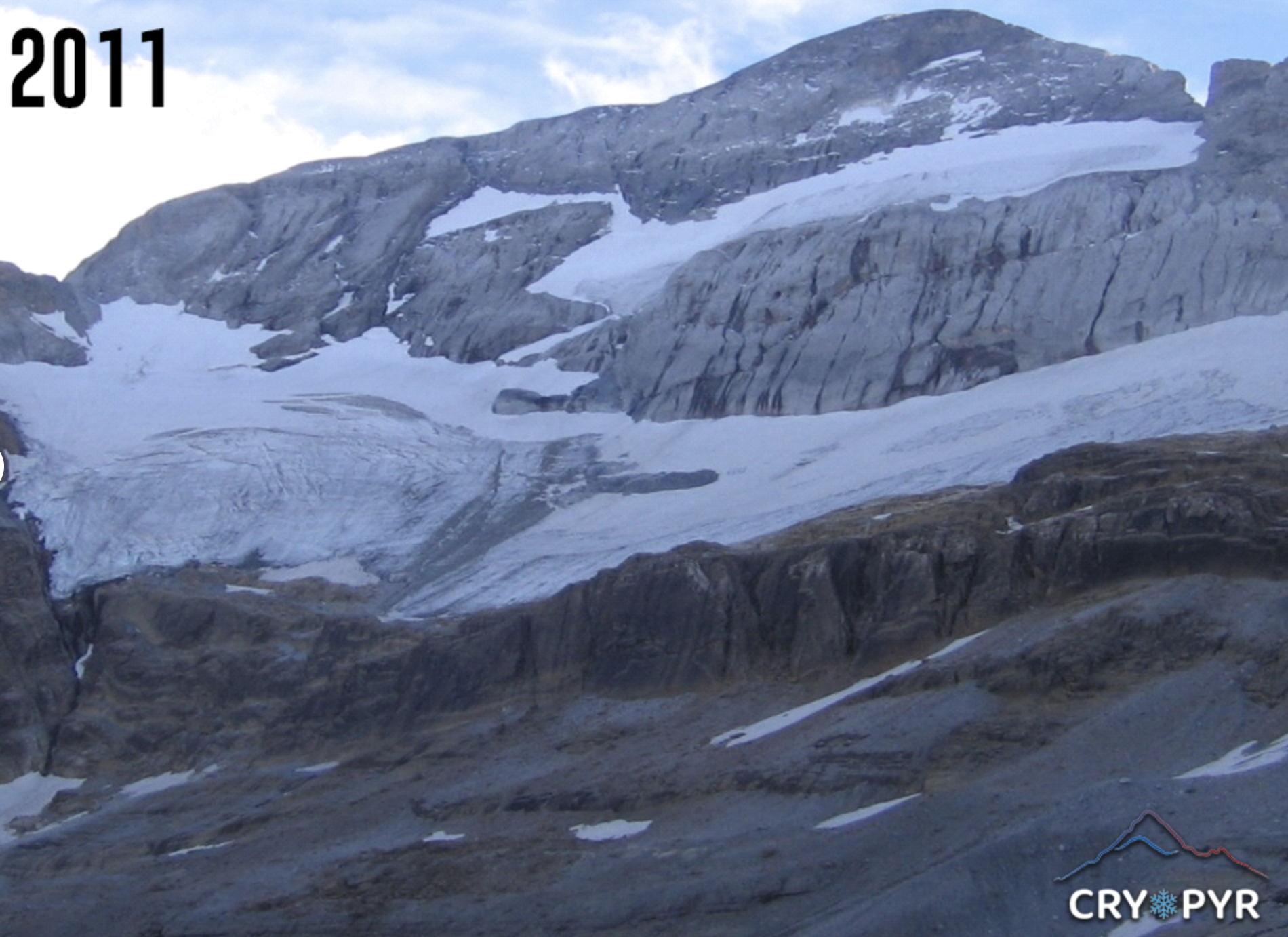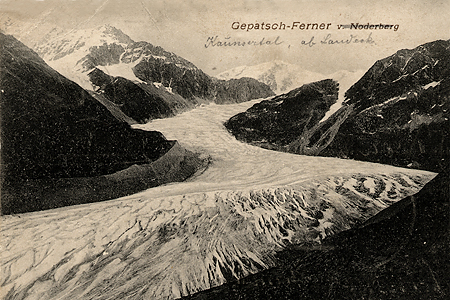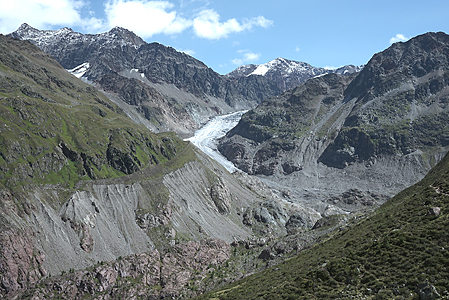The Shrinking Glaciers Project
As an NGO whose aim is to protect and preserve the remaining pristine wilderness areas in mountain regions and, more in general, the natural and cultural heritage of mountain areas, Mountain Wilderness International, is planning to organise exchange and networking among citizens, scientists, researchers, academia, schools, photographers, filmmakers, directors, mountain guides, mountaineers etc. in order to raise awareness about climate change and people’s ecological footprint.
We are aiming to partner up with other organisations, initiatives and bodies.
The project envisages the setting up of a platform for information and data collection and exchange, along with the organisation of actions, rallies and events either at international level or through our national chapters. We strive to reach the broadest possible public.
Glacier of the Month
In this section we will present examples of both famous and less-known glaciers that have changed over time, illustrating some of their characteristics and comparing old and recent images.
-
October: Monte Perdido Glacier
Monte Perdido, the highest peak in the Ordesa y Monte Perdido National Park at 3,355 m asl, rises in the province of Huesca, northern Aragon, Spain. Its exceptional biodiversity drew naturalists and mountaineers throughout the 18th and 19th centuries, captivated by the fact that it forms the tallest limestone massif in Europe.
On its northern flank lies the Monte Perdido Glacier — one of the few remaining glaciers in the Pyrenees and a defining emblem of the national park.
The intense heatwaves of the summers of 2022 and 2023 triggered a marked retreat of the Pyrenean glaciers. Projections suggest that within the next one to two decades, these glaciers may vanish entirely.
Recent measurements from the Monte Perdido Glacier underscore this alarming trajectory: between 2011 and 2023, its ice volume has shrunk by 20%, and the glacier has fractured into two distinct sections.
Additional measurements taken in 2023 revealed that the glacier had receded by an average of 3.8 m, with the eastern sector thinning by as much as 8.1 m. The effects of climate change on the Monte Perdido Glacier are increasingly severe: it has now been officially listed in the Global Glacier Casualty List — an international registry that tracks glaciers deemed irreversibly endangered or already lost due to global warming.

1981 Courtesy of @CryoPyr 
2011 Courtesy of @CryoPyr
-
September: Girose Glacier
The Girose Glacier lies at the base of La Meije (3,984 m asl), a striking peak in the Écrins Massif, a high mountain range in France. To its west stretches the Mont-de-Lans Glacier, while the Vallon and Râteau Glaciers flank it to the east. Pic de la Grave (3,667 m asl) overlooks the Girose Glacier, in a region distinguished by several ice domes—among them, the Dôme de La Lauze which rises to an elevation of 3,568 m asl.
The Girose Glacier is one of the last remaining large glaciers in the Alps. As of 2022, it spanned an area of 4.63 km². However, it has been steadily retreating, with noticeable melting occurring each summer. Since 2003, this process has accelerated significantly. Between 1983 and 2014, the glacier lost approximately 15% of its surface area (Rabatel et al., 2016).
The Girose cable car, once used to transport visitors to the glacier, is currently out of service and is slated for dismantling. This moment could serve as a poignant opportunity to reconsider our perception of this legendary site—a place that evokes both wonder and reverence for the high mountains.
Yet, the glacier is also part of the third section of a cable car development project that has sparked considerable debate. Since 2018, Mountain Wilderness France has actively campaigned to protect the landscape and its biodiversity through the citizen-led initiative La Grave Autrement.

1920 Courtesy of Yvon 
2023 Courtesy of Mathieu Crétet
-
July/August: Gepatschferner Glacier
The Gepatschferner Glacier (Vedretta della Croda) is located in the southern part of the Kaunertal Valley, Tyrol, western Austria, and has a small portion that extends into Italy, specifically into South Tyrol. It extends over 7.8 km in length and covers 16.6 km² and is the second largest glacier in Austria after the Pasterze Glacier. Together with the Kesselwandferner, it forms the largest contiguous ice surface in the eastern Alps.
The glacier culminates to the northwest in the Weißseespitze/Cima del lago bianco (3,526 m asl), whereas the three peaks of the Hintereisspitzen (approximately 3,450 m asl) border the Gepatschferner Glacier to the southeast.
The glacier is receding about 100 m/year, making it the fastest melting glacier in the Alps. Since around 1850, the Gepatschferner Glacier has lost about half of its mass. Where the glacier tongue once ended, at the Fernergarten or Fernergries, stands the Gepatschhaus 1,928 m asl), built in 1873, the oldest Alpine Club hut in Austria.
Glaciers are the world’s largest freshwater reservoirs. The Inn and Rhône rivers, both originating in the Alps, are prime examples of rivers fed by glacial meltwater. One of the Inn’s tributaries is the Fagge river, that drains the Gepatschferner Glacier.
On July 13, 2025, an action led by Mountain Wilderness Germany on the Gepatschferner Glacier in the Ötztal Alps called for the uncompromising protection of existing glaciers and the implementation of effective climate protection measures. The action was organised because the Kaunertal glacier ski area is planning to expand beyond the existing ski area boundaries in the direction of Weißseespitze and Gepatschferner. The expansion is intended to enable skiing even when glaciers are receding. The campaign received support from members of Protect Our Winters Germany.

1904 Courtesy of Sammlung Gesellschaft für ökologische Forschung 
2017 Courtesy of Sammlung Gesellschaft für ökologische Forschung